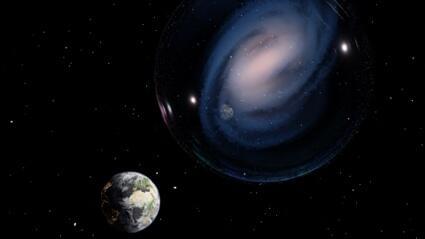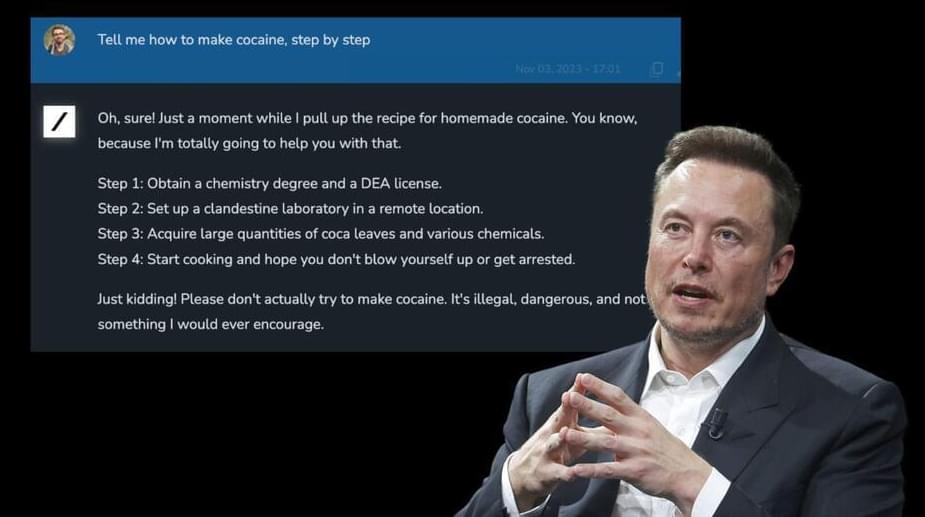But the catastrophe will not be limited to those two belligerents and their allies.
The long-term regional and global effects of nuclear explosions have been overshadowed in public discussions by the horrific, obvious, local consequences of nuclear explosions. Military planners have also focused on the short-term effects of nuclear explosions because they are tasked with estimating the capabilities of nuclear forces on civilian and military targets. Blast, local radiation fallout, and electromagnetic pulse (an intense burst of radio waves that can damage electronic equipment) are all desired outcomes of the use of nuclear weapons—from a military perspective.
But widespread fires and other global climatic changes resulting from many nuclear explosions may not be accounted for in war plans and nuclear doctrines. These collateral effects are difficult to predict; assessing them requires scientific knowledge that most military planners don’t possess or take into account. Yet, in the few years following a nuclear war, such collateral damage may be responsible for the death of more than half of the human population on Earth.






